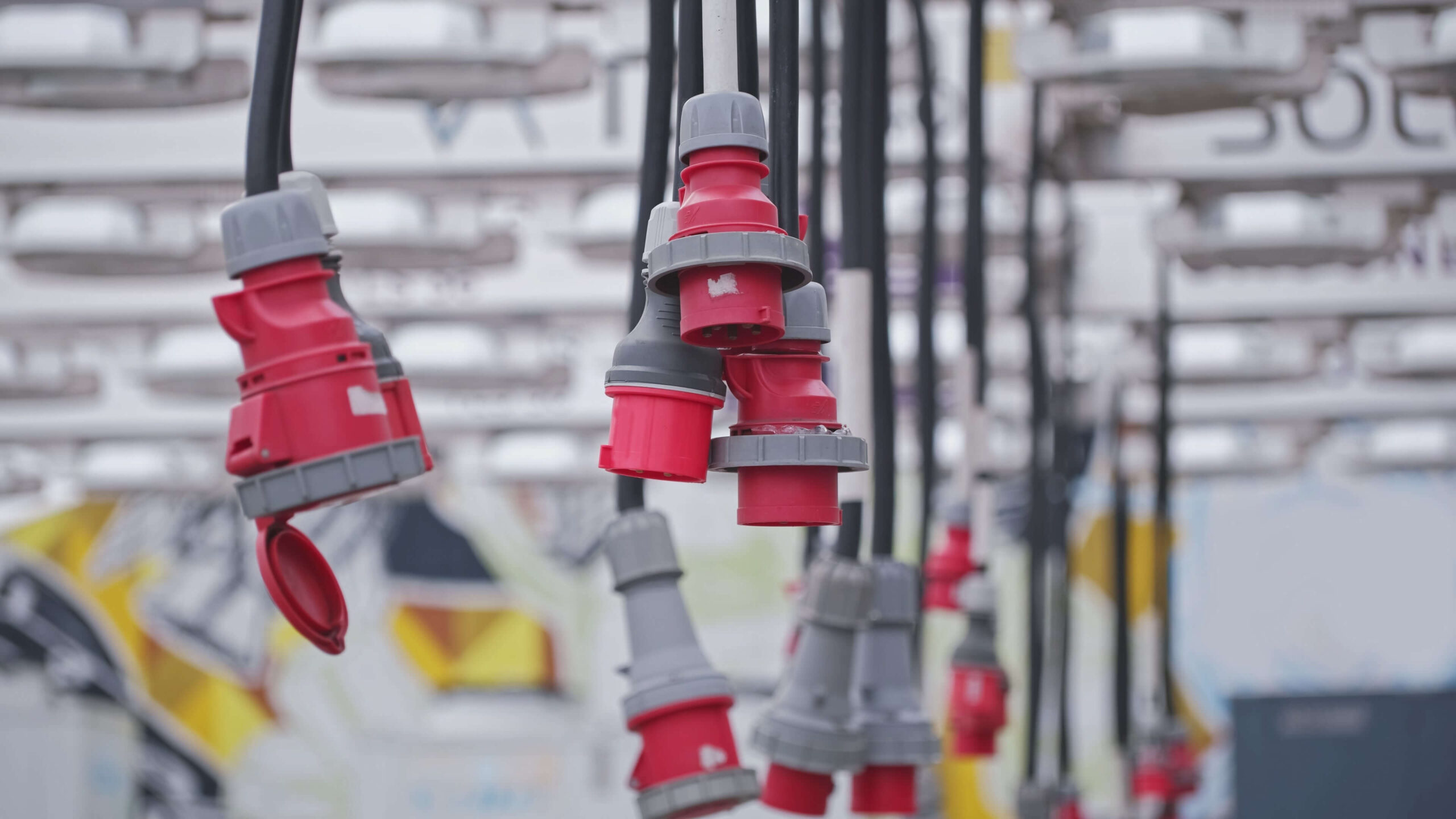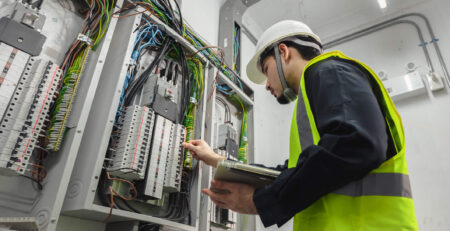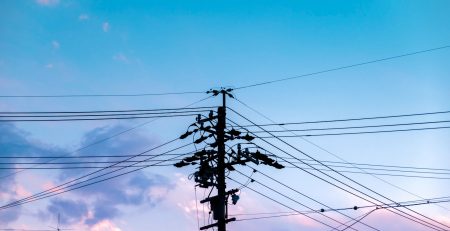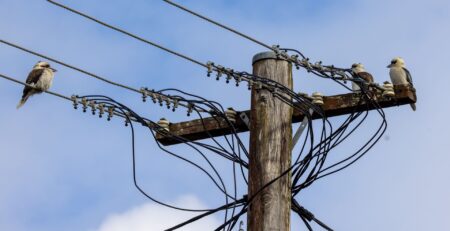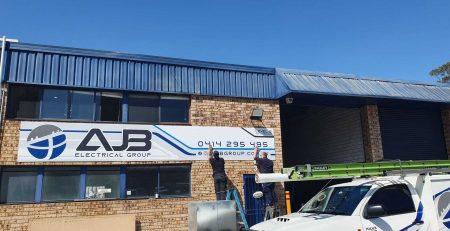Should I Upgrade to 3-Phase Power in Sydney?
As businesses expand and the need for using high-powered appliances and machinery continues to increase, there is a need to rethink the kind of power supply to use. For those looking for an upgrade, the 3-phase power supply is an option, but is it worth it, and should you consider it?
Unlike the single-phase power supply, the 3-phase power is delivered in four wires and delivers 415V power. This power supply is more efficient, and the fact that it delivers power in three separate phases ensures smooth power delivery.
A 3-phase power supply in Sydney isn’t just a game changer, it can become a necessity. However, is it a good option for everyone? Our guide here delves deeper into 3-phase power, the benefits, costs, and any other information that you might find helpful if you are thinking of upgrading to this kind of power supply.
Single or 3-Phase Power?
Understanding the differences between single-phase and 3-phase power is paramount for those looking to upgrade. This ensures that you make an informed decision that favours your electricity requirements. So, now, let’s begin by giving you the pros and cons of each so that you can determine whether it’s worth upgrading from single-phase to 3-phase power supply.
Single Phase Power
Single-phase power is delivered via two wires, one live and one active. It primarily delivers 240V power. Here are the pros and cons of single-phase power:
Pros
- Simplicity – Generally, the design for a single-phase power supply is simple. This means quicker installation times, which means lower labour costs. Also, the simple design makes it easy for homeowners and small business owners to perform basic troubleshooting if need be.
- Suitability– Single-phase power is suitable for residential and small businesses that have a low power consumption.
- Cost– Setting up and maintaining single-phase power is more cost effective.
Cons
- Limited Power Capacity – Single-phase power has limited power that it can deliver. This means it can only supply power to a limited number of devices and might not reach heavy machinery, larger homes and larger businesses
- Inefficiencies – When working with single-phase power, larger devices might experience power inefficiencies
3-Phase Power
Pros
- Simplicity – Generally, the design for a single-phase power supply is simple. This means quicker installation times, which means lower labour costs. Also, the simple design makes it easy for homeowners and small business owners to perform basic troubleshooting if need be.
- Suitability– Single-phase power is suitable for residential and small businesses that have a low power consumption.
- Cost– Setting up and maintaining single-phase power is more cost effective.
Cons
- Complex– Generally, the 3-phase power supply is more complex and needs a deeper understanding to install and maintain
- Cost – Setting up the 3-phase power supply can usually be more expensive as a complete upgrade of service mains and main switchboard is required.
- Safety – If not properly installed, the 3-phase power supply can potentially pose higher risks.
Why Should You Consider Upgrading from Single to 3-Phase Power?
The advantages of a 3-phase power supply are pretty evident and, therefore, worth investing in. This kind of power supply provides a high power capacity, which is helpful for large businesses and those that use heavy machinery. This power capacity ensures consistent and efficient operation. This helps reduce power loss and improves the overall performance.
Also, the 3-phase power supply is capable of distributing power more evenly. This is essential in minimising fluctuations and malfunctions on the equipment it supplies power to. Another great advantage of having the 3-phase power supply is that it is incredibly flexible; therefore, it can be used in various equipment and accommodate both single-phase and 3-phase devices.
This means, investing in a 3-phase power supply not only caters to the current needs but also the future ones without disruptions. It is generally an excellent investment that ensures reliability, efficiency, and adaptability.
If you are looking to upgrade to 3-phase power, your local electricians at AJB Electrical can guide you further on the perks and even do the whole installation for you.
What Does 3-Phase Power Cost to Install?
The 3-phase power cost to install can vary based on various factors. This includes the location, power capacity, and complexity. However, in most cases, it will cost you anywhere between $1500 to $5000 to install.
Well, if you plan to install this power in industrial and remote areas, then the cost might be higher. This is because you have to consider the materials, permits, labour, infrastructure upgrades and much more.
If you want installation to be done professionally, then we recommend taking the help of a reputable local electrician. They will ensure safety and compliance when installing, but bear in mind that their services might be on the higher end due to the expertise they offer.
Who Can Install 3-Phase Power?
Let’s face it – the technicalities around the 3-phase power are pretty complex, requiring a professional to carry them out. Only a licensed electrician Sydney with level 2 accreditation can install the 3-phase power system. This will ensure that everything is in check during the process and ensure proper system performance. It is essential to verify the electrician’s credentials before contracting them to do the installation.
That said, upgrading to a 3-phase power in Sydney guarantees tangible benefits If your business is growing and using high-powered devices. While the initial investment may be high, you will surely get long-term advantages from this power supply.
To progress safely and professionally, always consult with a leading Level 2 Accredited Service Provider (ASP) like AJB Electrical Group. We have a team of licensed Sydney electricians certified to perform all Level 2 electrical solutions for residential and commercial projects. We are available 24/7 – to know more, request a free quote today!
 02 9773 6607
02 9773 6607 info@ajbgroup.com.au
info@ajbgroup.com.au Available 24/7 for emergency callouts
Available 24/7 for emergency callouts
